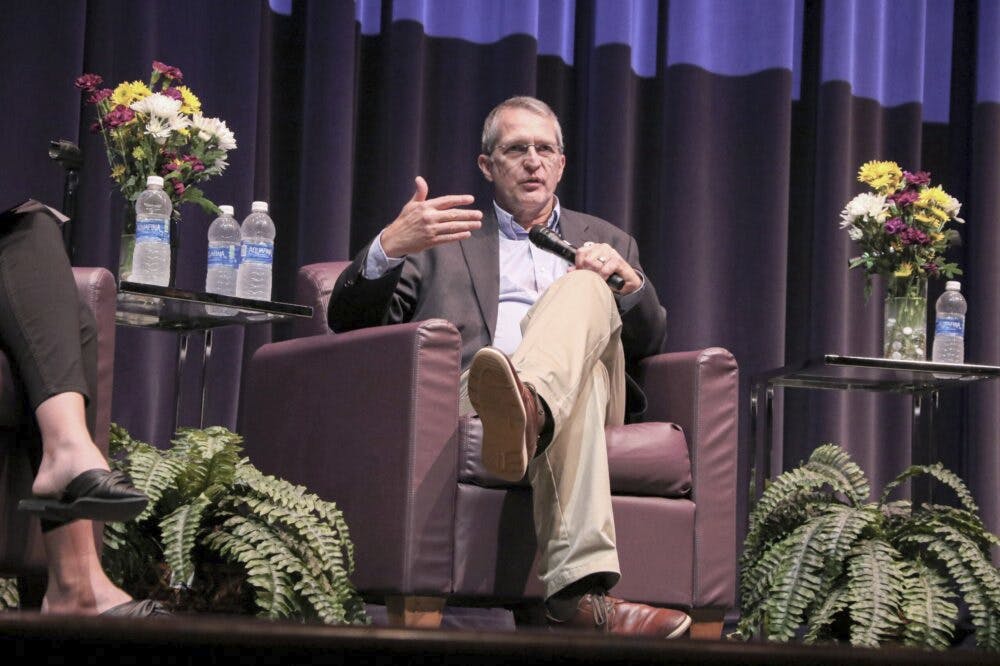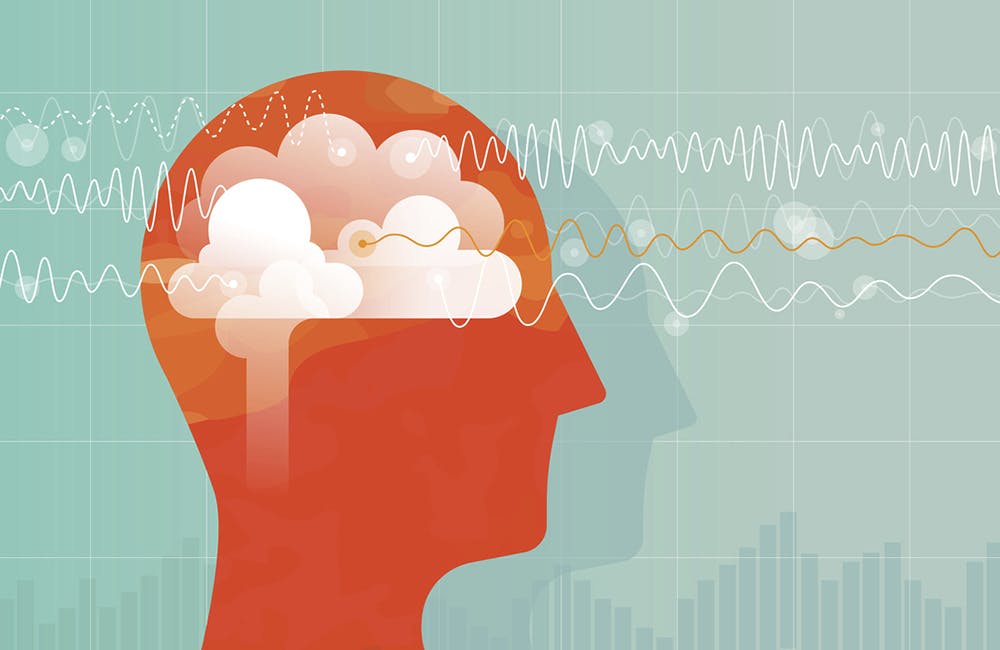How Biometric Tech Offers Safer, Faster, More Enjoyable Travel
TSA and CBP pilot facial-recognition programs with an eye on security and privacy.

While there have been numerous innovations over the past couple of decades designed to make air travelers’ lives easier — from mobile boarding passes to in-flight Wi-Fi, one area that has lagged behind is the security checkpoint. Whether passengers need to clear customs or simply put their carry-ons through the scanner before heading to their gates, systems like fingerprint scanners at border-entry points and full-body scanners have made security more effective, but have not improved the customer experience nor made the process more efficient.
“We continue to see passenger volumes grow at a rate of about 4% per year,” said Austin Gould, assistant administrator for requirements and capabilities analysis for the Transportation Security Administration (TSA). “Airports writ large aren’t getting any larger, so our ability to get people through the checkpoint more quickly without sacrificing security is going to be critical in the upcoming years.
Recent decreases in the number of air travelers due to COVID-19 notwithstanding, both TSA and Customs and Border Protection (CBP) recognize the issues long lines at airports present and hope to resolve the issue through biometric technology.
“We’re taking information that a person has already provided the government … and the information that a traveler has already given the airline, which it’s required to give to the government by statute,” said John Wagner, deputy executive assistant commissioner for CBP’s Office of Field Operations. “We use this information and prepackage it at the airport because the airline tells us when you’re expected to be coming or going from the U.S.”
CBP already uses this information for passport checks, Wagner said, but is testing a process to streamline border control using facial recognition technology. Rather than have a customs officer compare passengers’ faces to their passport photos, the process would involve taking a quick photo of each passenger at the checkpoint and comparing that photo against photo ID already in the system. The process would remove the need to present one’s passport and boarding pass repeatedly — or to fish those documents out of their coat or bags repeatedly — making for a more efficient experience overall.
TSA sees a biometric approach accomplishing three goals, Gould explained. First, it improves overall security through a stronger set of credentials. Second, “if we implement it properly,” biometric screening could be faster than the current screening process, based on pilot programs.
Third, “people just seem to like it,” Gould said. “It enhances the passenger experience. You’re not going to be fumbling around with your phone, you’re not going to be reaching for your boarding pass, you’re not going to be holding up people behind you.”
TSA is testing photo matching in partnership with CBP in Atlanta’s Hartsfield-Jackson Airport, the world’s busiest airport. It plans to scale the technology to travelers with TSA PreCheck following this pilot, likely in the next fiscal year.
Currently, both photo-matching processes compare pictures against a database or “gallery” of pre-submitted photos, narrowed down to the PreCheck population or the specific flight a traveler is scheduled for. TSA is testing a “one-to-one” capability that will match individual photos to that exact traveler’s credential. Gould said TSA piloted its one-to-one matching capability in Las Vegas and received positive feedback on the technology from the public.
In implementing these technologies, both Wagner and Gould acknowledged the concerns the public has about privacy and security.
“We owe [the public] the transparency and understanding of where their information’s going, where it’s required to be stored, how long it’s stored, who has access to it — what happens,” Wagner said.
CBP’s photo-recognition process would include “nothing new [or] nefarious,” Wagner explained. Passengers will know their photo is being taken, and everything will happen “at a time and place where normally you would present your passport.”
Wagner also said that CBP has not seen any indication that the facial recognition software has racial or demographic biases, and has testified before Congress on these concerns.
While there are regulations in place to protect privacy, the challenge is assuaging travelers’ concerns at the checkpoint, where the information needs to be concise and easy to understand.
“During travel itself, people are often focused on just getting where they need to go,” Wagner explained. “[We’re asking] what’s the best way for people to digest [privacy information] at the right point and time and with the right language, so we can get through to people about what’s really happening.”
Gould added that the one-to-one capability removes a lot of these concerns.
“What we really like about the one-to-one matching capability is that it alleviates any concerns about cyber or privacy or consent,” he said. “You literally step up to the machine … your image is captured, you’re matched, you get to go through, nothing is retained on the camera, nothing leaves the checkpoint, there is no match that’s made elsewhere, it just happens right there on that device.”
Outside of biometrics, Gould said TSA is planning to implement 3D X-ray scanners in airports that will allow passengers to leave more items in their bag at checkpoints and require fewer secondary bag searches. TSA has run a pilot program over the past few years and just procured 300 scanners to test the scalability of the technology.
“However,” Gould elaborated, “it doesn’t do us any good to make one process more efficient and just create a bottleneck elsewhere. We’re looking at the next generation of in-person screening.”
The next generation of personal screening technology would provide a replacement to full-body scanners as well as pat-downs, one of the most common sources of frustration both travelers and officers have about the process.
“Nobody likes pat-downs,” Gould said. “The officers don’t like doing them, the public doesn’t like getting them. Can we come up with a resolution technique so we can get out of the pat-down business? All this adds up to what I hope will be a much more enjoyable security experience for the traveling public.”
This is a carousel with manually rotating slides. Use Next and Previous buttons to navigate or jump to a slide with the slide dots
-

Trump Taps Maj. Gen. John Bartrum to Lead VHA
Nominated for VA's top health role, Bartrum brings over four decades of military and public service to the agency.
3m read -

DOE Accelerates AI Research to Defend Critical Infrastructure
The Energy Department and its national labs are increasing partnerships to advance AI research, scale new tools and boost national security.
3m read -

AI Revolutionizes Defense Decision-Making
AI enhances access to vital information for defense leaders, empowering faster, more informed decision-making on and off the battlefield.
29m watch -

Opinion: AI Is Reshaping Government, Can Contractors Keep Up?
To compete in the new AI-driven public sector, contractors must demonstrate the one thing machines can’t deliver: human originality.
4m read







